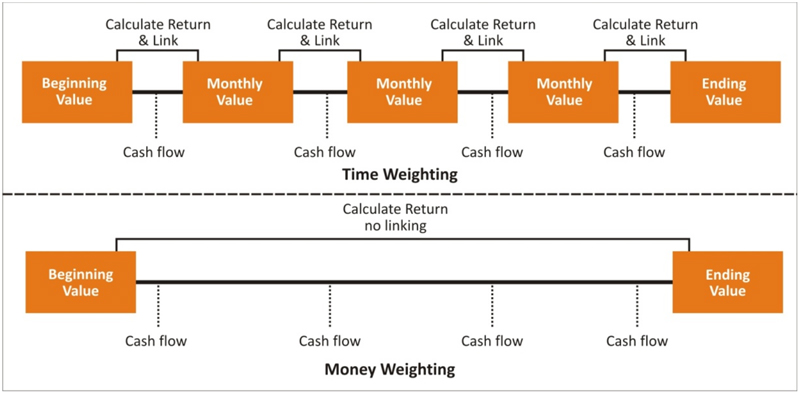
Emboldened by NAFTA trade deal renegotiations with Mexico and Canada, car import taxation, and the U.S.-China trade war, protectionism is at the forefront of U.S. economic policy. As the world spotlight focuses on the U.S.-China trade war, many are watching to see how the battle between two of the largest world economies will play out, and how it will affect global economic interdependence.
For those keeping score, trade war winners and losers are as follows:
Winners
Cheap Exporters (Vietnam, Taiwan, South Korea, Japan) - Companies have opted to move distribution from China to Vietnam in attempt to bypass U.S. tariffs. As of August 2019, the U.S. imports 40% more from Vietnam than it did in 2018. Cheap exporters win with more opportunities to improve their gross domestic product (GDP). In the case of Vietnam, exports to the U.S. are 26% of their 2019 GDP.
Brazil - China imports 60% of soybeans traded worldwide. After Beijing issued a retaliatory 25% duty on U.S. imports, Brazil exported two million additional metric tons of soybeans to China between October and November of 2018.
Manufacturing Sector - Fabricated metals, machinery, and electronic instrument industries doubled jobs from 15,000 to 30,000 between May 2018 and May 2019. Not to mention, of the 2.6 million new jobs added since tariff announcements, 204,000 of them were in the manufacturing sector.
Losers
Consumers - Americans may feel the pain in their wallets, with increased prices of products impacted by the trade war.
European Union - Opposite cheap exporters, the European Union (EU) is at risk of worsened gross domestic product. Currently, exports create 40% of GDP. Twelve percent of that GDP is generated from the United States. As the EU’s largest exporter and economy, Germany is at risk of being hit hardest.
Perspective Matters
Keep in mind that viewing the trade war through the lens of winners and losers is an oversimplification. The economic interconnectedness of globalization is quite complex. It’s no wonder many are scratching their heads when considering whether protectionist policies are helpful or harmful.
Also, the data tells conflicting stories. Case in point: the manufacturing industry. As explained above, the industry is experiencing domestic job growth, which would point to a benefit of protectionism. For balance, according to the Bureau of Labor Statistics, only six of the 20 major manufacturing categories have grown faster since tariff threats began. The other 14 have been either consistent or done worse. Notably, textile, paper, and chemical industries slumped, because of steel or softwood lumber tariff retaliation. Vehicle, technology, heavy equipment, and agriculture companies have suffered a similar fate. What’s more, some industries have cut jobs because of rising production costs from tariffs. General Motors, for example, lost $1 billion in 2018 and projects additional costs of the same amount this year. As a result, they’ve closed plants, subsequently fueling a strike by 46,000 employees. The pain doesn’t stop there; GM’s major suppliers have also lost vital business.
Opportunity Knocks
No doubt, international equities have taken one on the chin, and protectionist policies have not helped. In fact, international markets have underperformed the S&P 500 over the last seven years. However, if we zoom out a bit, historically low international valuations may indicate an entry point for long-term investors. The diagram below reflects less than average valuations for developed markets, Europe, Japan, and emerging markets. While trade war headlines impact emerging markets most, valuations urge investors to review these spaces further for investing potential.
Source: FactSet, MSCI, Standard & Poor’s, Thomson Reubers, J.P. Morgan Asset Management.
Additionally, looking at when international stocks have outperformed U.S. stocks between 1975 and 2015, we see a pattern; international and U.S. equity performance is generally cyclical. The data indicates that as the cyclical nature between U.S. stocks and international stocks shifts in favor of international stocks, long-term investors have a chance to recover the difference between current valuations and 25-year historical averages. It also punctuates the importance of portfolio diversification.
Chart: MSCI EAFE Index vs. S&P 500 Total Return Index. Source: FactSet, as of 12/31/15.
While it is unclear how protectionist policies will play out, and who will win or lose as a result, long-term trends must be considered. More importantly, investors must ask themselves whether protectionism will indefinitely deter international markets, or just force them to adapt and reimagine how world markets interact.
Jaclyn Jackson is a Portfolio Administrator at Center for Financial Planning, Inc.® She manages client portfolios and performs investment research.
The information contained in this report does not purport to be a complete description of the securities, markets, or developments referred to in this material. The information has been obtained from sources considered to be reliable, but we do not guarantee that the foregoing material is accurate or complete. Any opinions are those of Jaclyn Jackson and not necessarily those of Raymond James. Expressions of opinion are as of this date and are subject to change without notice. There is no guarantee that these statements, opinions or forecasts provided herein will prove to be correct. Investing involves risk and you may incur a profit or loss regardless of strategy selected. Keep in mind that individuals cannot invest directly in any index, and index performance does not include transaction costs or other fees, which will affect actual investment performance. Individual investor's results will vary. Past performance does not guarantee future results. Future investment performance cannot be guaranteed, investment yields will fluctuate with market conditions.
International investing involves special risks, including currency fluctuations, differing financial accounting standards, and possible political and economic volatility.
Investing in emerging markets can be riskier than investing in well-established foreign markets. Investing involves risk and investors may incur a profit or a loss.
Investing in commodities is generally considered speculative because of the significant potential for investment loss. Their markets are likely to be volatile and there may be sharp price fluctuations even during periods when prices overall are rising.
























